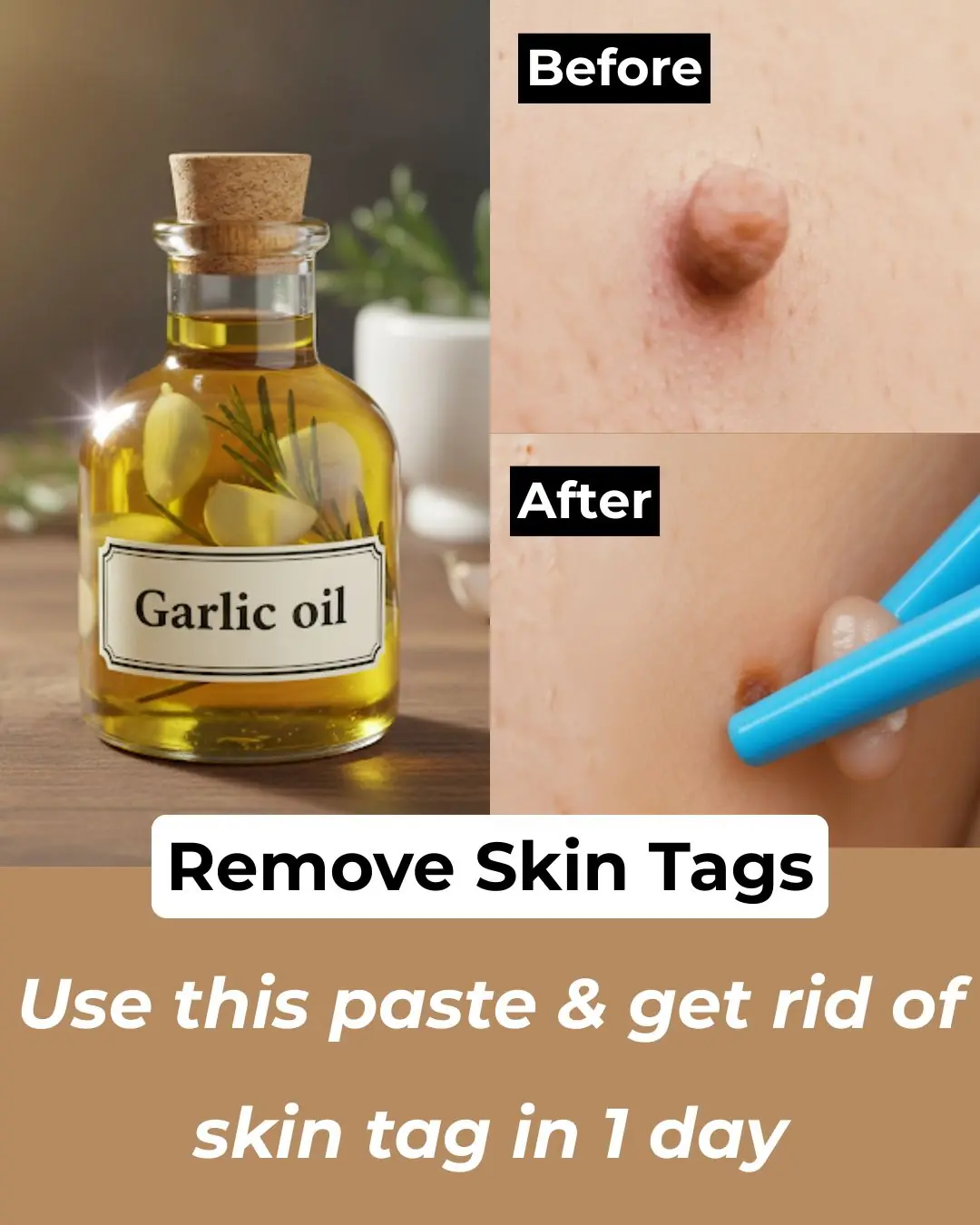
Experts reveal 3 ways to eliminate E. coli bacteria in water – essential knowledge to protect your family
Introduction
Clean water is one of the most important foundations of a healthy life. Families rely on water for drinking, cooking, and hygiene every single day. However, not all water sources are safe. In many cases, water may contain harmful microorganisms that cannot be seen with the naked eye. One of the most concerning of these is Escherichia coli (commonly called E. coli), a type of bacteria that indicates contamination and can pose serious health risks if consumed.
Fortunately, experts have identified several effective methods to reduce or remove E. coli from water. These methods are practical, accessible, and can be applied both in households and in larger community settings. Below, we explore three proven ways to make water safer, so that every family can better protect their health.
Understanding E. coli in Water
E. coli is a bacterium naturally found in the intestines of humans and animals. While many strains are harmless, some can cause illness. The presence of E. coli in water usually signals contamination from fecal matter, which means other dangerous organisms may also be present. Drinking or using contaminated water can lead to gastrointestinal issues and, in severe cases, more serious conditions.
The good news is that proper treatment methods can significantly reduce the risks. Let’s examine three of the most effective approaches recommended by specialists.
Method 1: Boiling Water
Boiling remains one of the simplest and most reliable methods for killing E. coli and other harmful microorganisms.
How It Works
High temperatures destroy bacteria, viruses, and parasites by breaking down their cell structures. When water reaches a rolling boil, most pathogens cannot survive.
Steps to Follow
-
Pour the water into a clean pot or kettle.
-
Heat until a strong, rolling boil is achieved.
-
Maintain the boil for at least 1–3 minutes.
-
At higher altitudes (above 2,000 meters), boiling should last longer because water boils at a lower temperature.
-
-
Allow the water to cool naturally in a covered container.
Advantages
-
Very effective at killing microorganisms.
-
Requires no special equipment besides a stove or heating device.
-
Provides peace of mind in emergency situations.
Limitations
-
Does not remove chemical pollutants, heavy metals, or sediments.
-
Requires fuel or electricity, which may not always be available.
Method 2: Chlorination
Another widely recommended technique is chlorination, which involves adding chlorine-based disinfectants to water.
How It Works
Chlorine is a powerful oxidizing agent that destroys bacteria by breaking down their cell walls and interfering with their metabolism. It has been used globally for decades as a primary tool in public water treatment systems.
Steps to Follow
-
Obtain chlorine tablets or liquid household bleach (unscented, with about 5–6% sodium hypochlorite).
-
Add the correct amount based on product instructions or water volume.
-
Stir well and let the water sit for at least 30 minutes before use.
Advantages
-
Highly effective against bacteria, including E. coli.
-
Easy to apply and affordable.
-
Leaves residual protection in the water, preventing recontamination during storage.
Limitations
-
May alter the taste and smell of water.
-
Less effective against certain protozoa.
-
Requires careful dosage—too little is ineffective, too much is unpleasant.
Method 3: Filtration and UV Treatment
For households seeking a long-term solution, filtration combined with UV treatment is an advanced yet practical method.
How It Works
-
Filtration: Removes sediments, dirt, and some microorganisms. Specialized filters with very fine pores (such as ceramic or carbon filters) can trap E. coli.
-
UV (Ultraviolet) Light: Destroys bacteria and viruses by damaging their DNA, making it impossible for them to reproduce.
Steps to Follow
-
Install a water filter certified to remove bacteria.
-
Use a UV purification device that exposes water to ultraviolet rays.
-
Ensure regular maintenance—clean or replace filters and check UV lamp efficiency.
Advantages
-
Provides high-quality, clear, and safe water.
-
Works without adding chemicals.
-
Suitable for daily, continuous use in households.
Limitations
-
Requires investment in equipment.
-
Needs electricity to operate UV devices.
-
Regular maintenance is necessary to ensure effectiveness.
Comparing the Three Methods
| Method | Effectiveness vs E. coli | Cost | Ease of Use | Long-Term Use |
|---|---|---|---|---|
| Boiling | Very high | Low (fuel cost) | Easy | Not always practical daily |
| Chlorination | High | Very affordable | Moderate | Good short or medium-term |
| Filtration + UV | Very high | Higher initial | Easy once installed | Excellent for long-term household use |
Each method has its own strengths. For emergencies, boiling is the fastest option. For everyday use in areas with uncertain water quality, chlorination works well. For families investing in long-term safety, filtration and UV provide convenience and consistent results.
Additional Tips for Water Safety
Beyond the three main methods, families should also practice safe water storage and handling:
-
Use clean containers with lids to prevent recontamination.
-
Avoid dipping unclean objects (cups, hands, ladles) directly into stored water.
-
Keep containers away from sunlight to slow microbial growth.
-
Regularly clean tanks and bottles if using large storage units.
The Importance of Awareness
Understanding water safety is not just about avoiding illness—it’s about ensuring overall well-being. Children, elderly individuals, and those with weaker immune systems are more vulnerable to bacteria like E. coli. By applying simple preventive measures, families can avoid unnecessary health problems and reduce medical costs.
Safe water also contributes to better nutrition, improved hygiene, and stronger community health. When families adopt these practices, they are not only protecting themselves but also setting an example for others.
Final Thoughts
E. coli contamination in water is a silent risk, but it does not have to be a constant worry. With knowledge and practical action, every household can take charge of its water safety.
Experts emphasize that boiling, chlorination, and filtration with UV treatment are three of the most reliable methods to eliminate E. coli in water. Each approach has its place—whether in emergencies, for temporary solutions, or as a long-term investment.
By understanding these methods and applying them wisely, families can enjoy the comfort of knowing their drinking water is safe, clean, and truly life-supporting. Protecting your loved ones starts with something as simple as ensuring every glass of water is free from harmful bacteria.
News in the same category

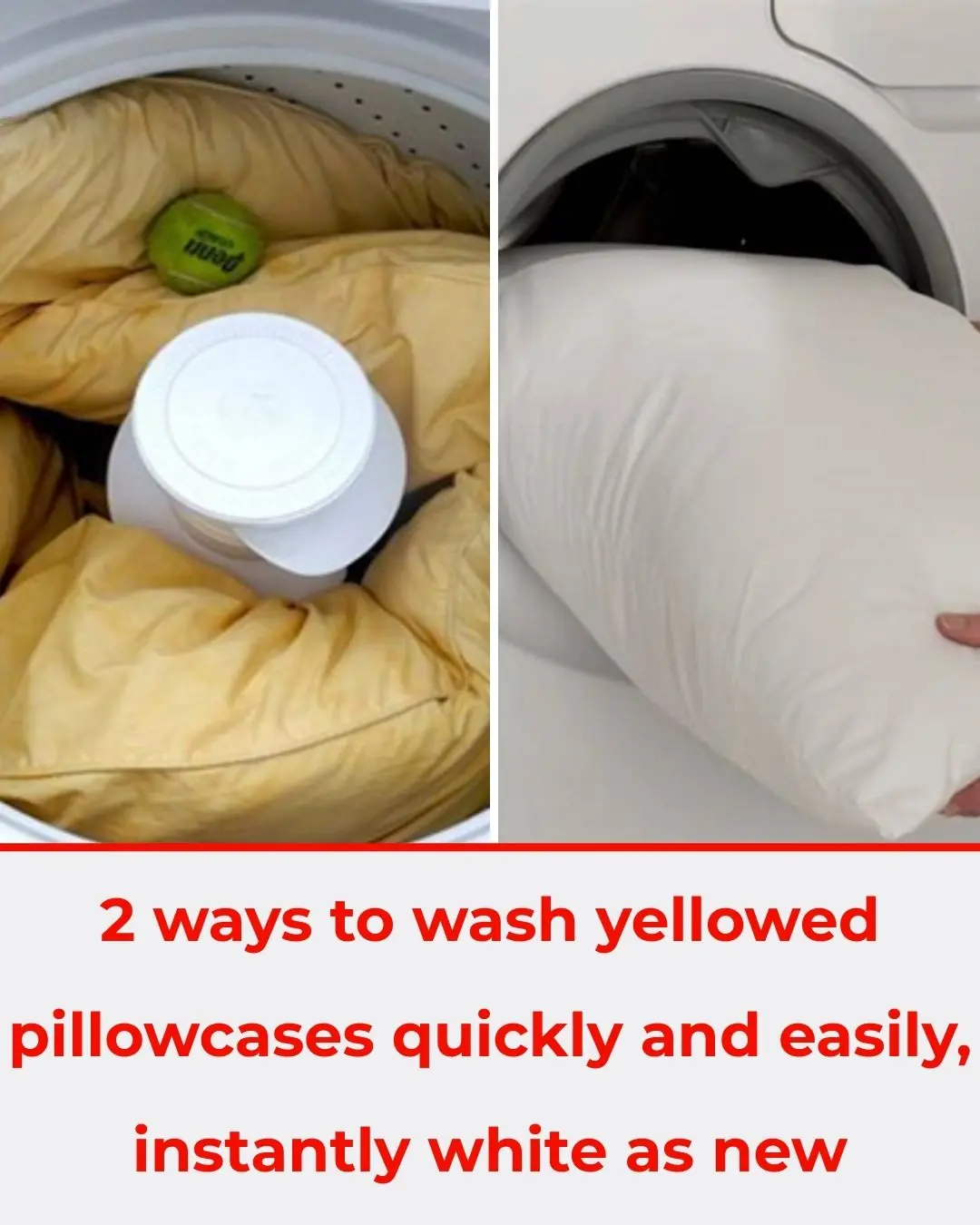
Two quick and easy ways to wash yellowed pillow fillings, instantly turning them bright white like new.
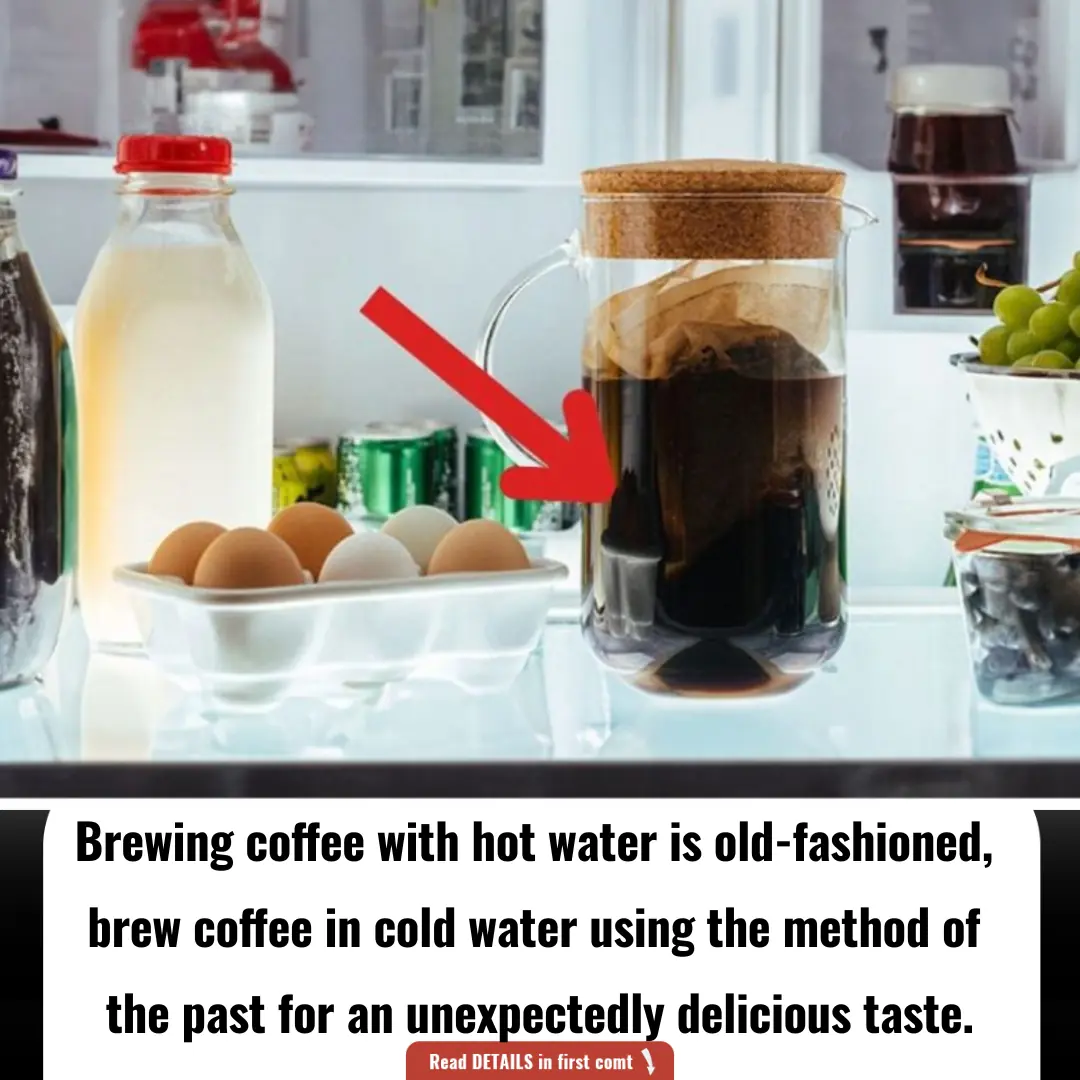
“Brewing coffee with hot water is old-fashioned, brew coffee in cold water using the method of the past for an unexpectedly delicious taste.
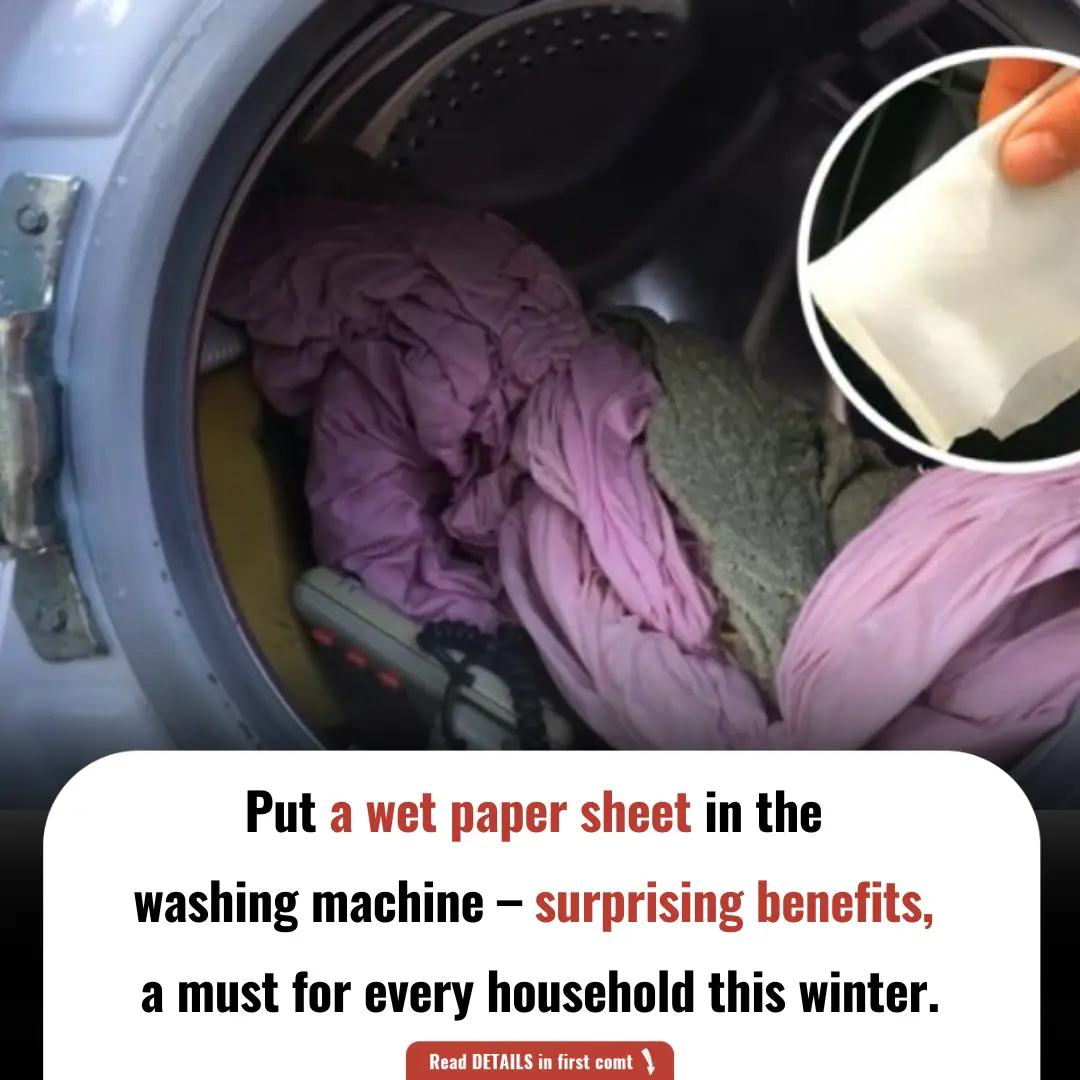
Put a Wet Paper Sheet in the Washing Machine – Surprising Benefits, Something Every Household Needs This Winter
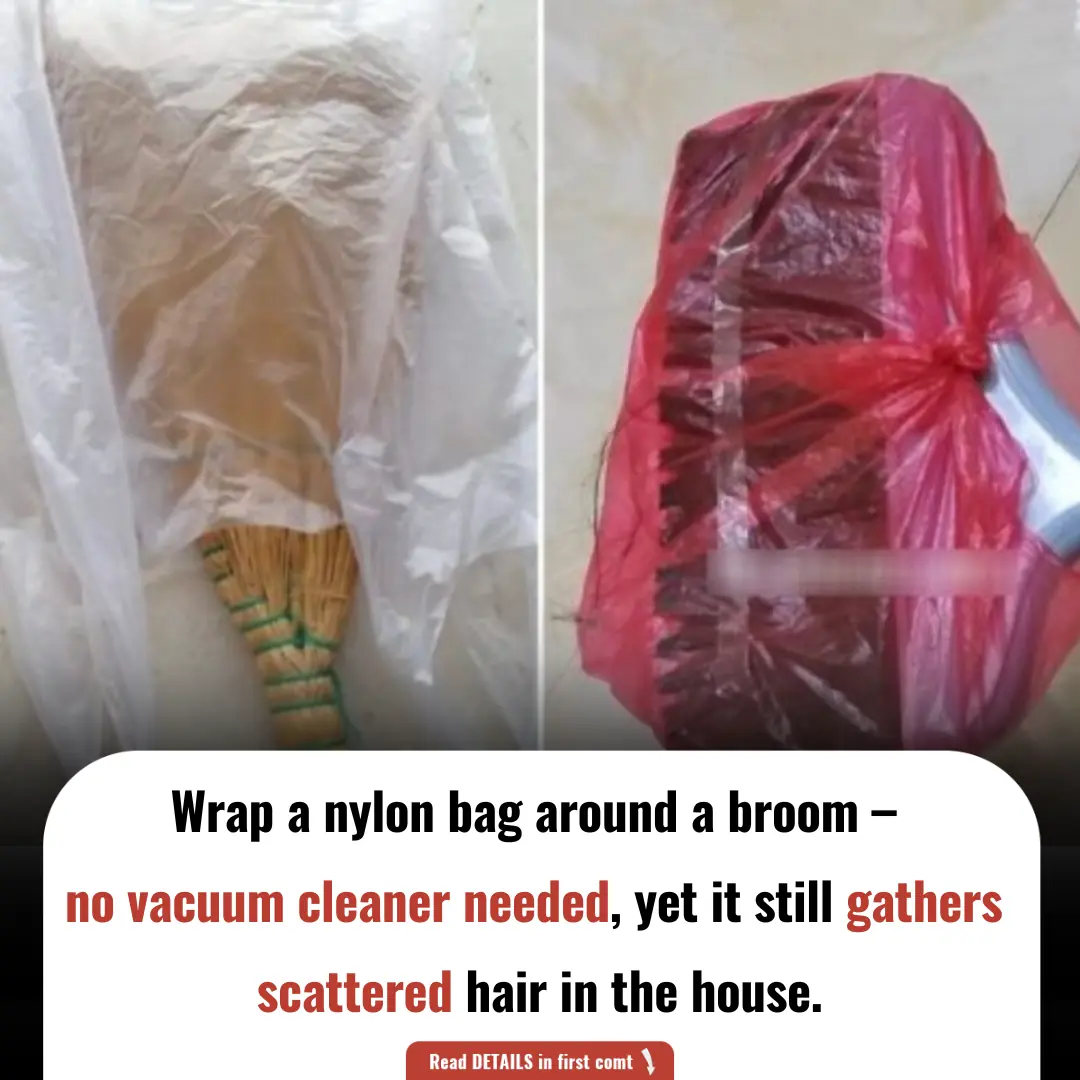
Wrap a nylon bag around a broom – no vacuum cleaner needed, yet it still gathers scattered hair in the house.
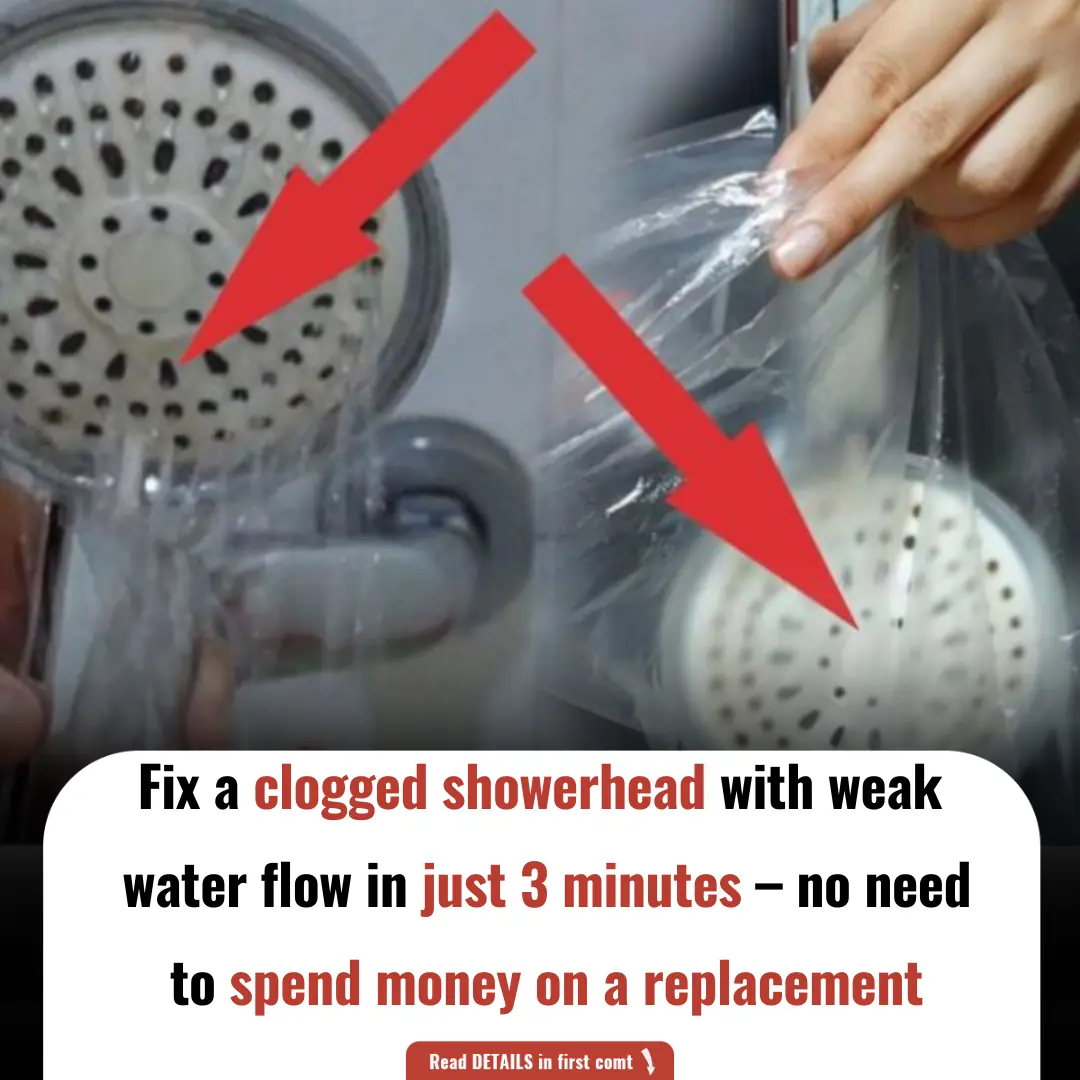
Fix a clogged showerhead with weak water flow in just 3 minutes – no need to spend money on a replacement
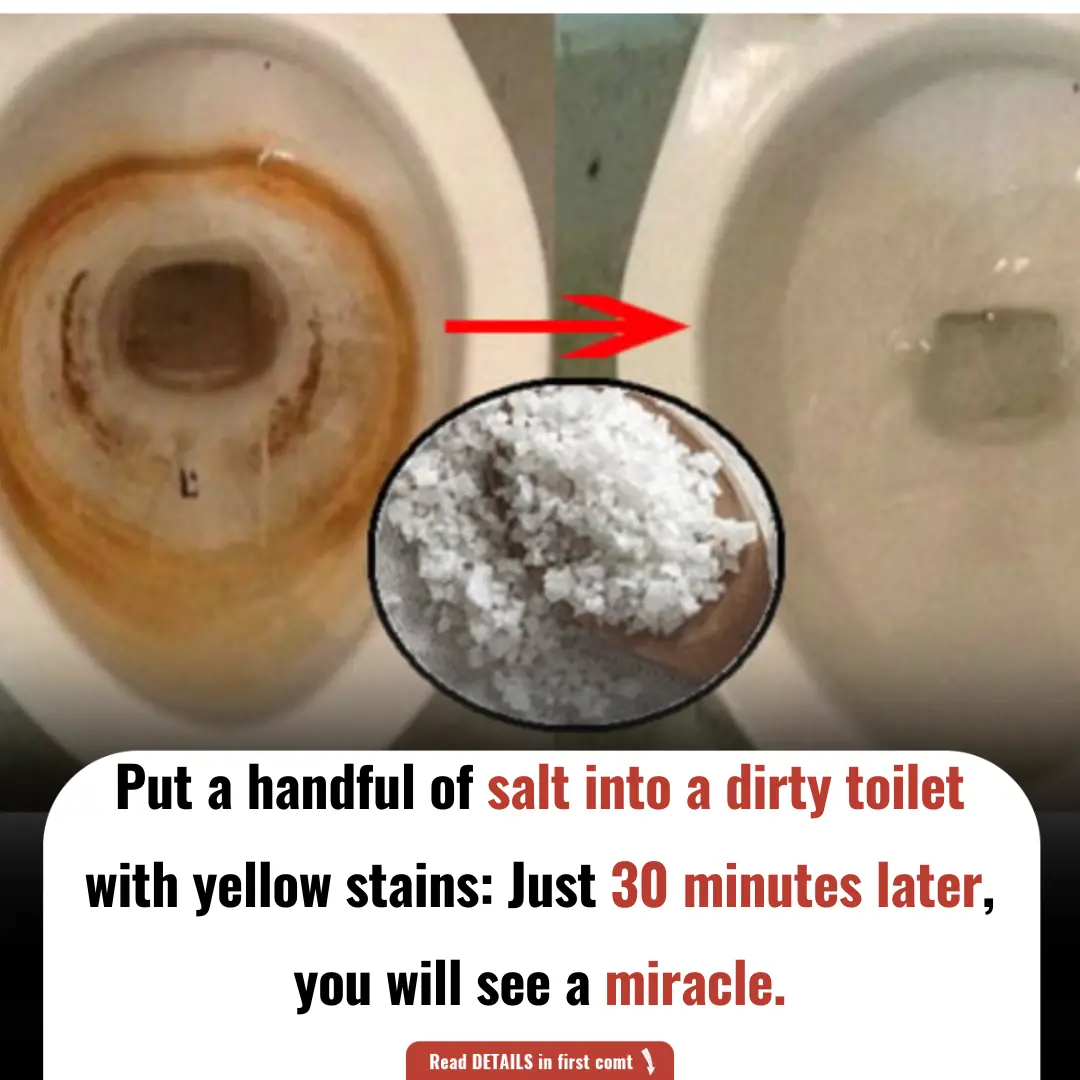
Put a handful of salt into a dirty toilet with yellow stains: Just 30 minutes later, you will see a miracle

The most correct way to give first aid for stroke at home

Cook black bean sweet soup quickly, delicious, not time consuming, save gas/electricity

The Surprising Uses of Coffee Grounds, If You Have Them at Home, Don’t Throw Them Away
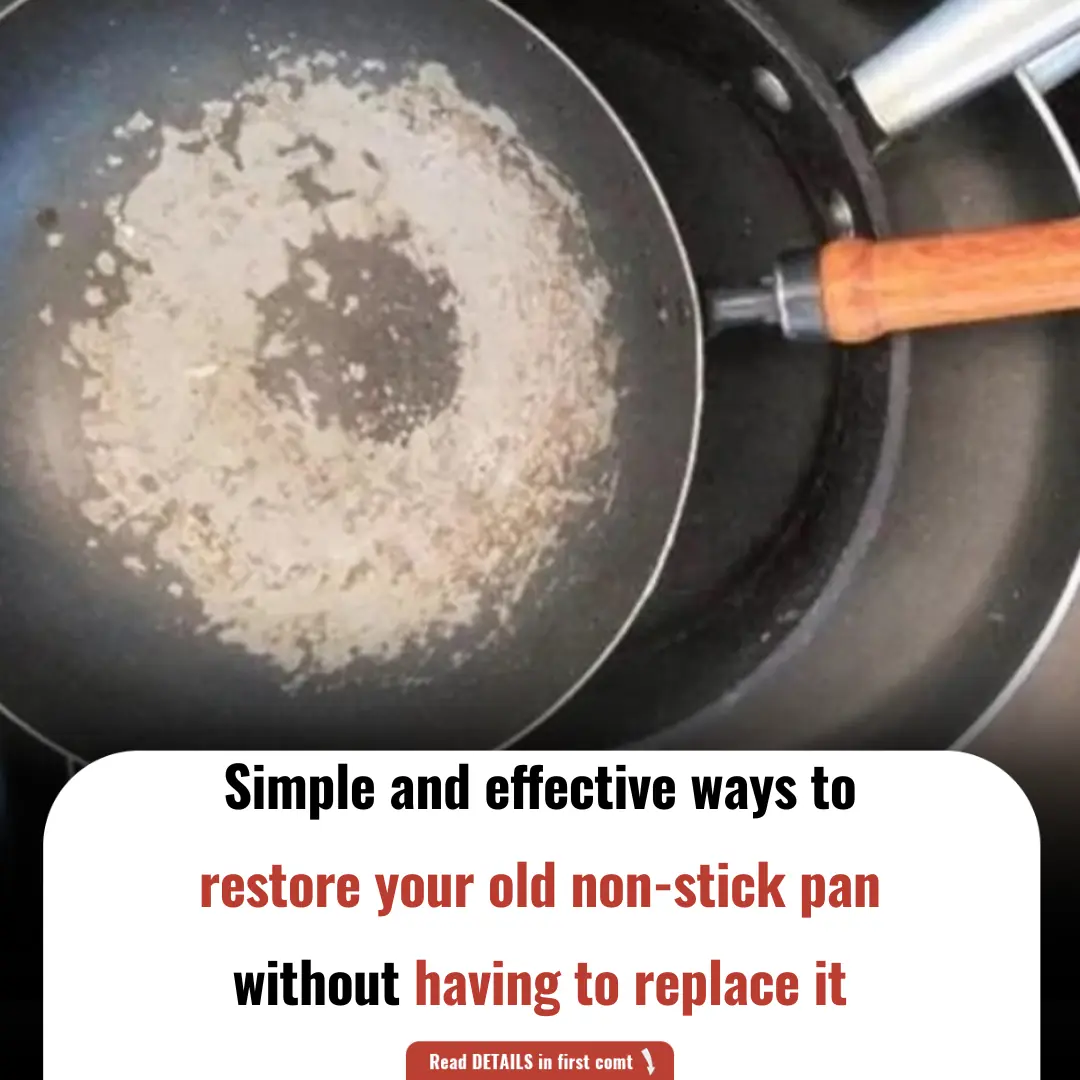
Simple and Effective Ways to Restore Your Non-Stick Pan Without Having to Replace It
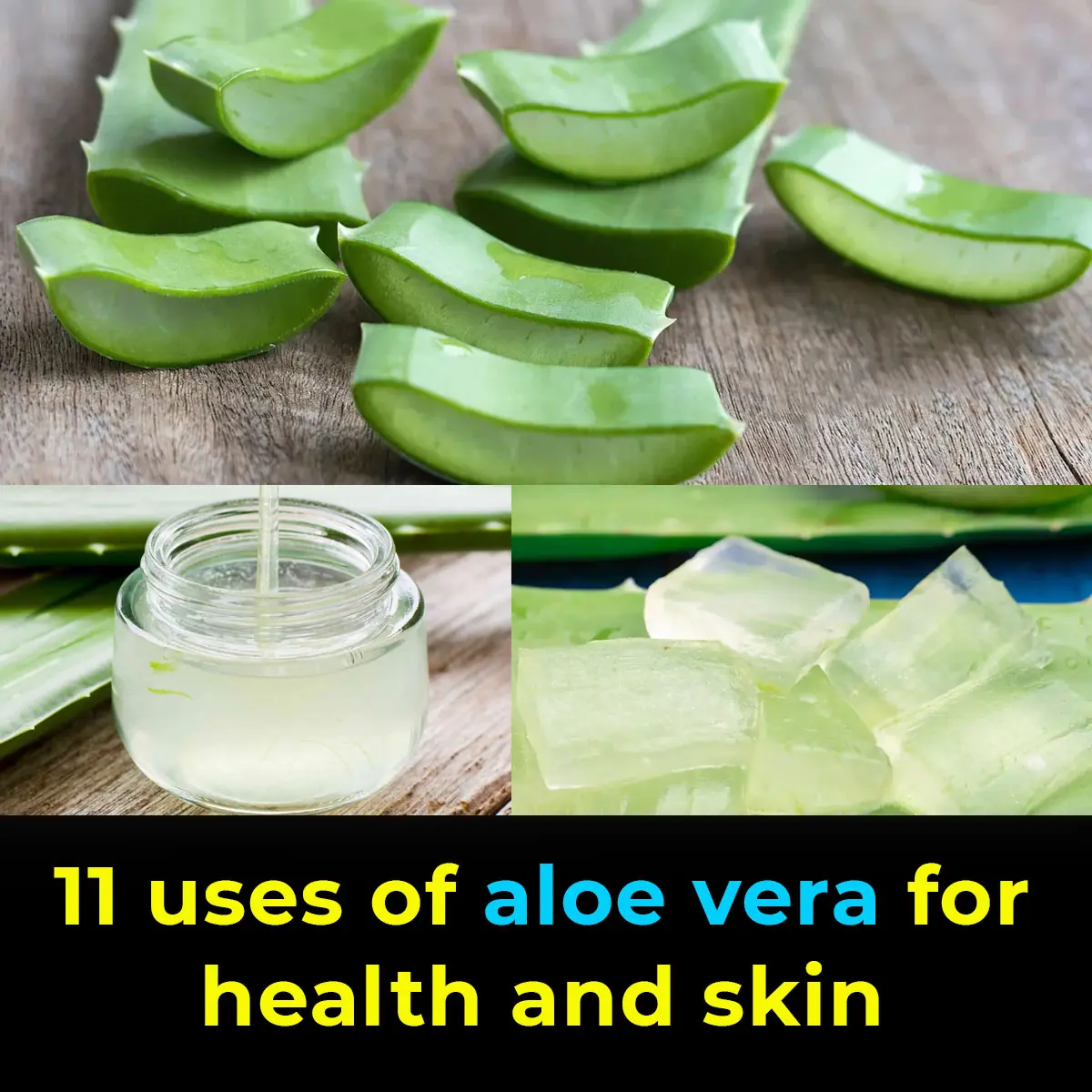
How to Use Aloe: 11 Benefits for Skin Care, Digestion and More

Snake enter the house, prevention methods and practices
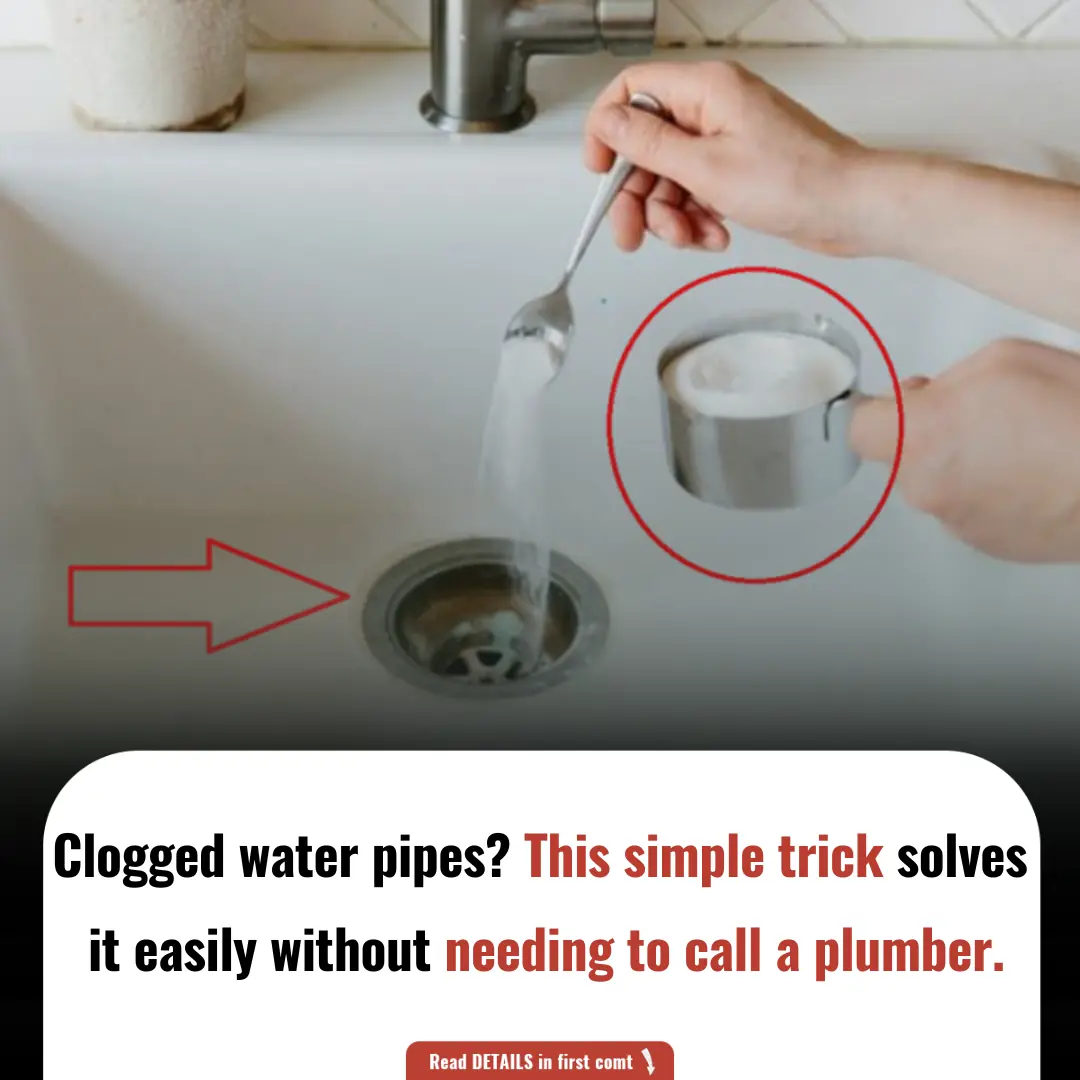
Clogged Water Pipes? This Simple Trick Solves It Easily Without Needing to Call a Plumber
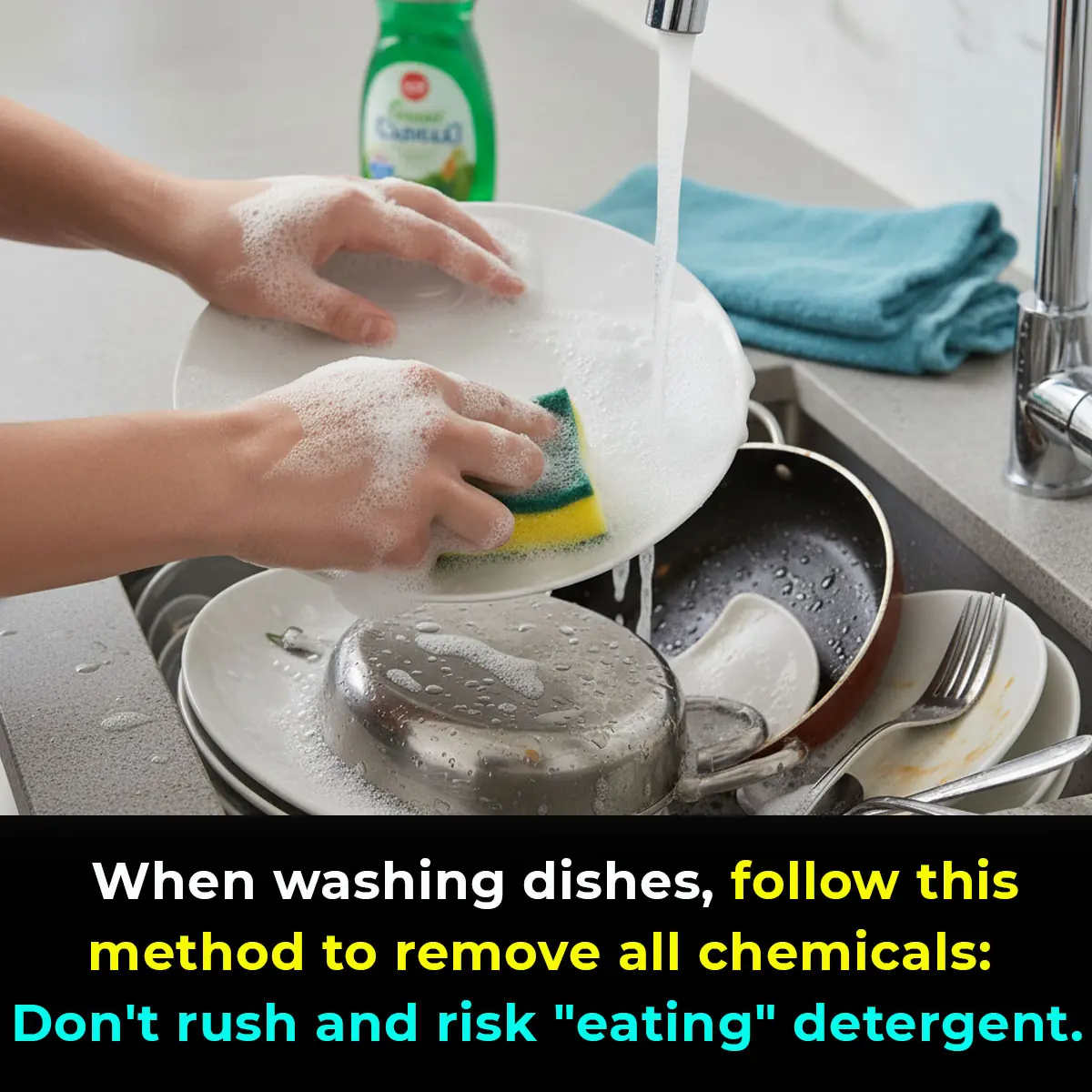
When washing dishes, follow this method to remove all chemicals: Don't rush and risk "eating" detergent.

Put the Small Egg Tray into the Super Fast Heating Oven, the Utility That Every Home Needs, Many People Don't Know

Do You Need to Unplug the Rice Cooker After Cooking? The Answer Is Truly Unexpected

Place One Garlic Clove in Each Room to Absorb All Bacteria, Viruses, and Prevent the Flu in the House
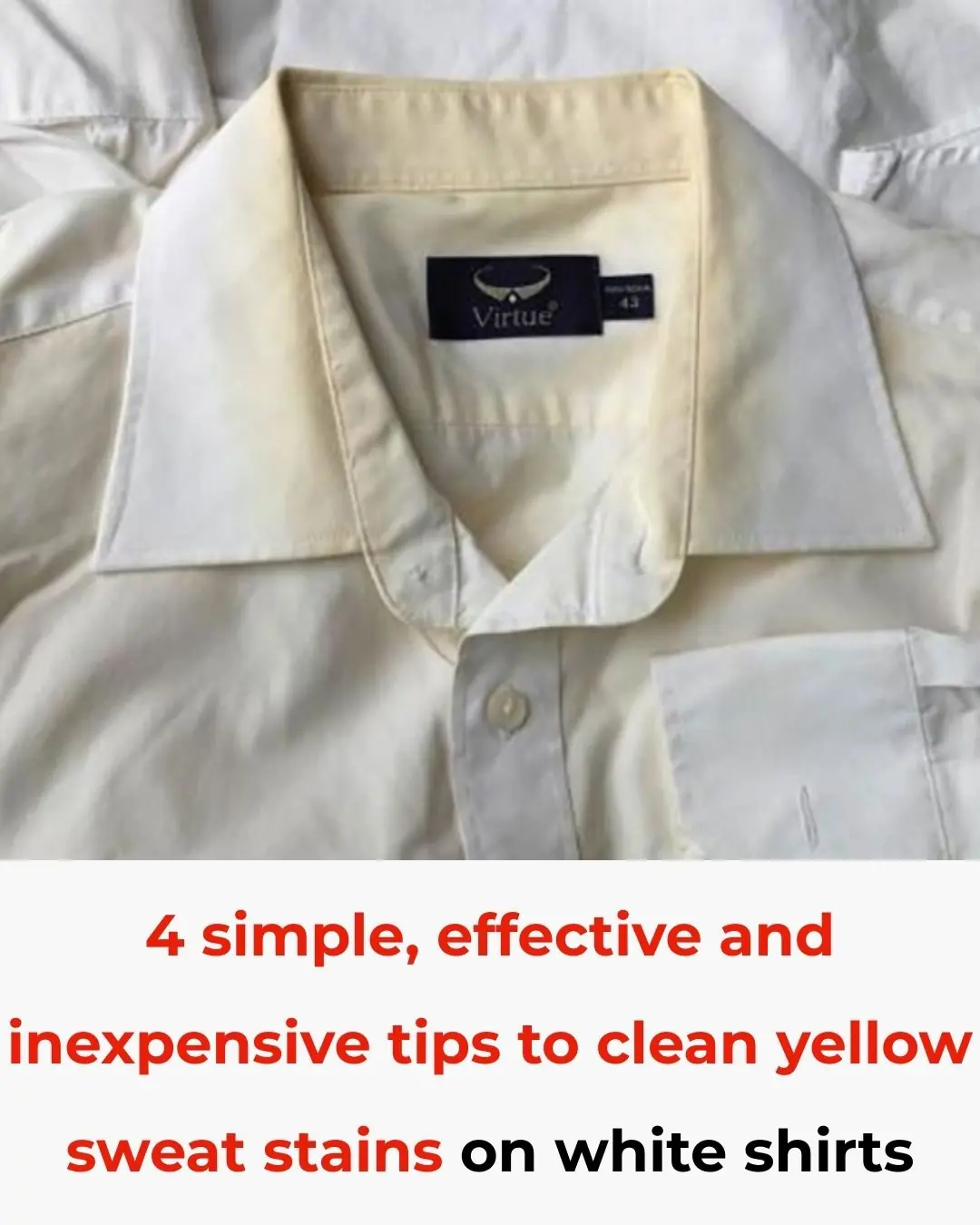
4 Easy and Cost-Free Ways to Remove Yellow Sweat Stains from White Shirts
News Post

Never Throw Away Strawberry Leaves: 17 Powerful Reasons Your Whole Family Will Need Them.
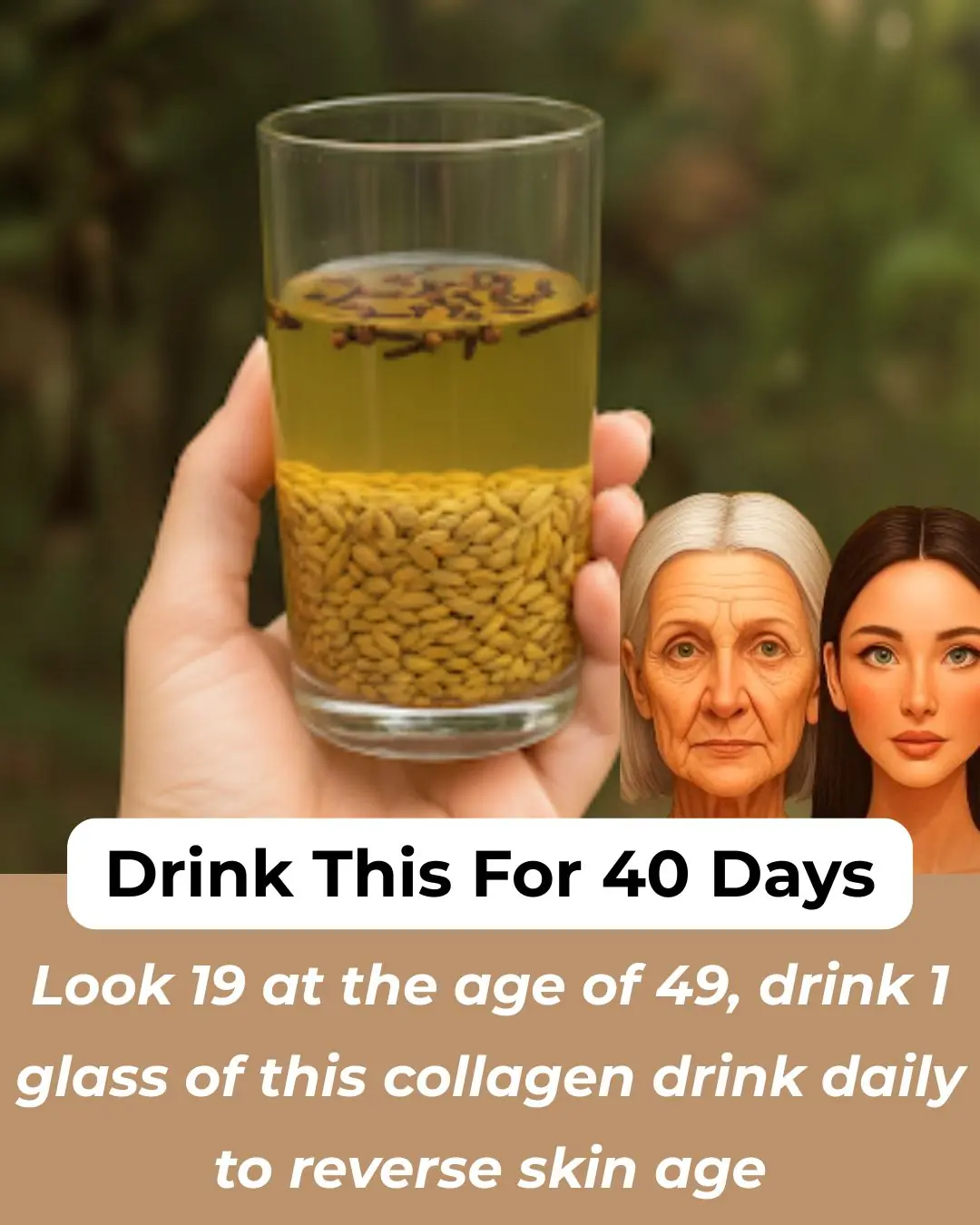
Clove Cumin Detox: Collagen Booster

When buying loofah, should you choose the dark green or light green ones for better taste? Many people who have been shopping for years still don't know this.

Two quick and easy ways to wash yellowed pillow fillings, instantly turning them bright white like new.

Playful ICE Arrest Mugshot Explodes Online — And The Real Reason Will Surprise You
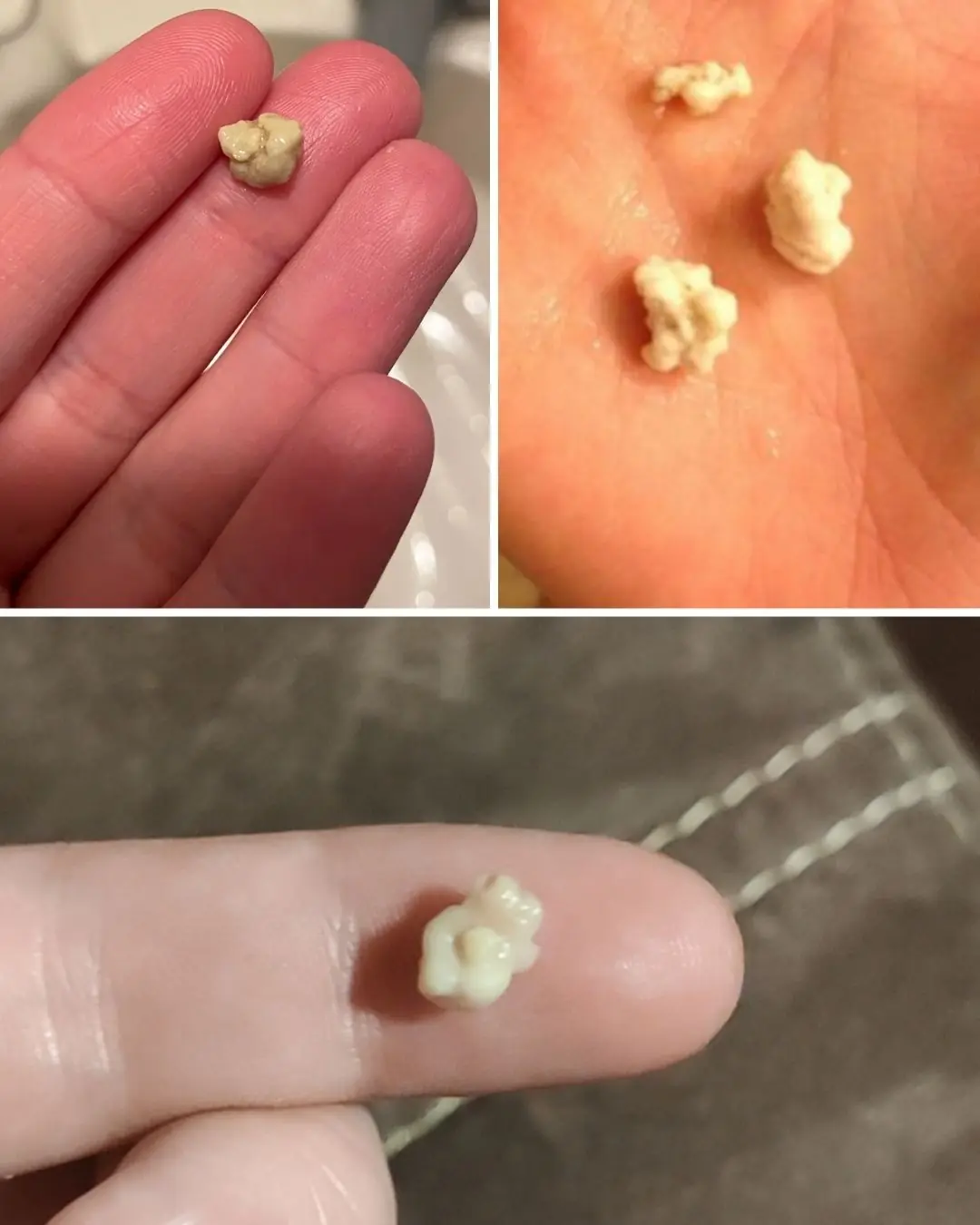
Tonsil Stones: Causes, Symptoms, and Natural Remedies

“Brewing coffee with hot water is old-fashioned, brew coffee in cold water using the method of the past for an unexpectedly delicious taste.

Put a Wet Paper Sheet in the Washing Machine – Surprising Benefits, Something Every Household Needs This Winter

Wrap a nylon bag around a broom – no vacuum cleaner needed, yet it still gathers scattered hair in the house.

Fix a clogged showerhead with weak water flow in just 3 minutes – no need to spend money on a replacement

Put a handful of salt into a dirty toilet with yellow stains: Just 30 minutes later, you will see a miracle

The most correct way to give first aid for stroke at home

Cook black bean sweet soup quickly, delicious, not time consuming, save gas/electricity

Apple insider reveals new leaks about foldable iPhone release for 2026

Experts reveal the five foods you should absolutely never freeze

The difference between the spirit of a loved one and other forces

Your Heart Emits a Magnetic Field 100x Stronger Than Your Brain – And It Can Be Detected 3 Feet Beyond Your Body

🌱 Discover Papaya Seeds: Nature’s Tiny Powerhouse for Total Wellness
